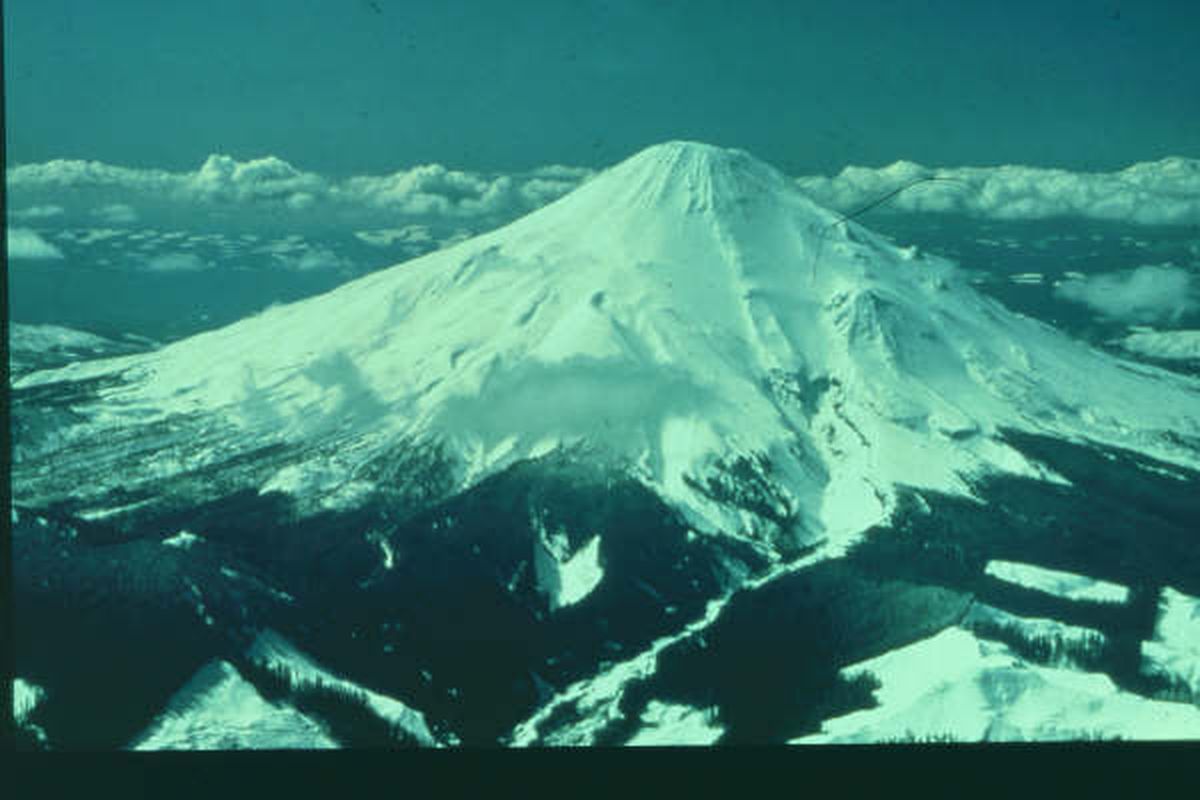Morning stop gave Mount St. Helens watchers vital minutes
Researcher, husband barely escaped blast

Barry Johnston owes his life to one of the biggest breakfasts he ever ate, which is pretty odd for a guy who rarely eats breakfast.
The one he had on May 18, 1980 kept him and his wife at the time, Trixie Anders, from being on Mount St. Helens when it erupted.
Anders was a geologist and vulcanologist working on her doctorate at Washington State University in 1980. From late March on, they spent every weekend on the volcano, which was being studied for an expected eruption, even though it meant a 700-mile round trip in Johnston’s 1978 Jeep.
“I was along for the ride,” said Johnston, a businessman who still lives in Pullman. “It was a pretty exciting time.”
They spent Friday night on the mountain, camping with their friend Jim Fitzgerald, a geology student at the University of Idaho whom Anders had invited along for that weekend. “Saturday was beautiful. But we were complaining there was nothing going on.”
On Saturday night, Johnston and Anders opted for a motel room in Toutle. The next morning they got up at dawn and drove to the Spud Mountain turnoff by about 7 a.m. But Johnston said he wanted to turn back for breakfast, arguing that if they were going to spend another uneventful day on the mountain, they should eat first.
They went back to a little restaurant, ordered what he believes was the biggest breakfast he ever had, and ate it while Anders kept insisting they had to get up on the mountain. When he’d finally finished, they got back in the Jeep and drove to the turnoff. They hadn’t gone far on that road when they turned a corner and saw the cloud from the blast. As it grew, Anders told him, “We gotta get out of here or we’re gonna die.”
He turned the Jeep around and raced down the mountain at speeds approaching 80 mph, taking curves on two wheels. “If I didn’t go fast enough, we were dead. If I went too fast, we were dead. Fortunately, I’d just got a new set of tires for the Jeep.”
They made it down the mountain ahead of a cloud of ash, smoke and gases, and a torrent of melting snow, ice, mud and water that wiped out all the bridges on the Toutle River. They stayed in the area for the next week, trying to get word of Fitzgerald. His Datsun and his body, wrapped in a sleeping bag, were eventually spotted from a helicopter.
With Anders’ persistence, a monument was erected to Fitzgerald on the mountain; UI eventually awarded him a posthumous doctorate of geology/vulcanology.
But the strain of their near-death experience and Fitzgerald’s death ended the couple’s marriage within a year. “It was post-traumatic stress syndrome,” Johnston said.
Johnston, who later remarried and raised a family, said he only talks occasionally about being on the mountain when it blew. “It’s incredible that it’s been 30 years,” he said.
He has one daily reminder of that day: the ’78 Jeep, which he still drives. “My wife says she’s going to have me buried in it.”